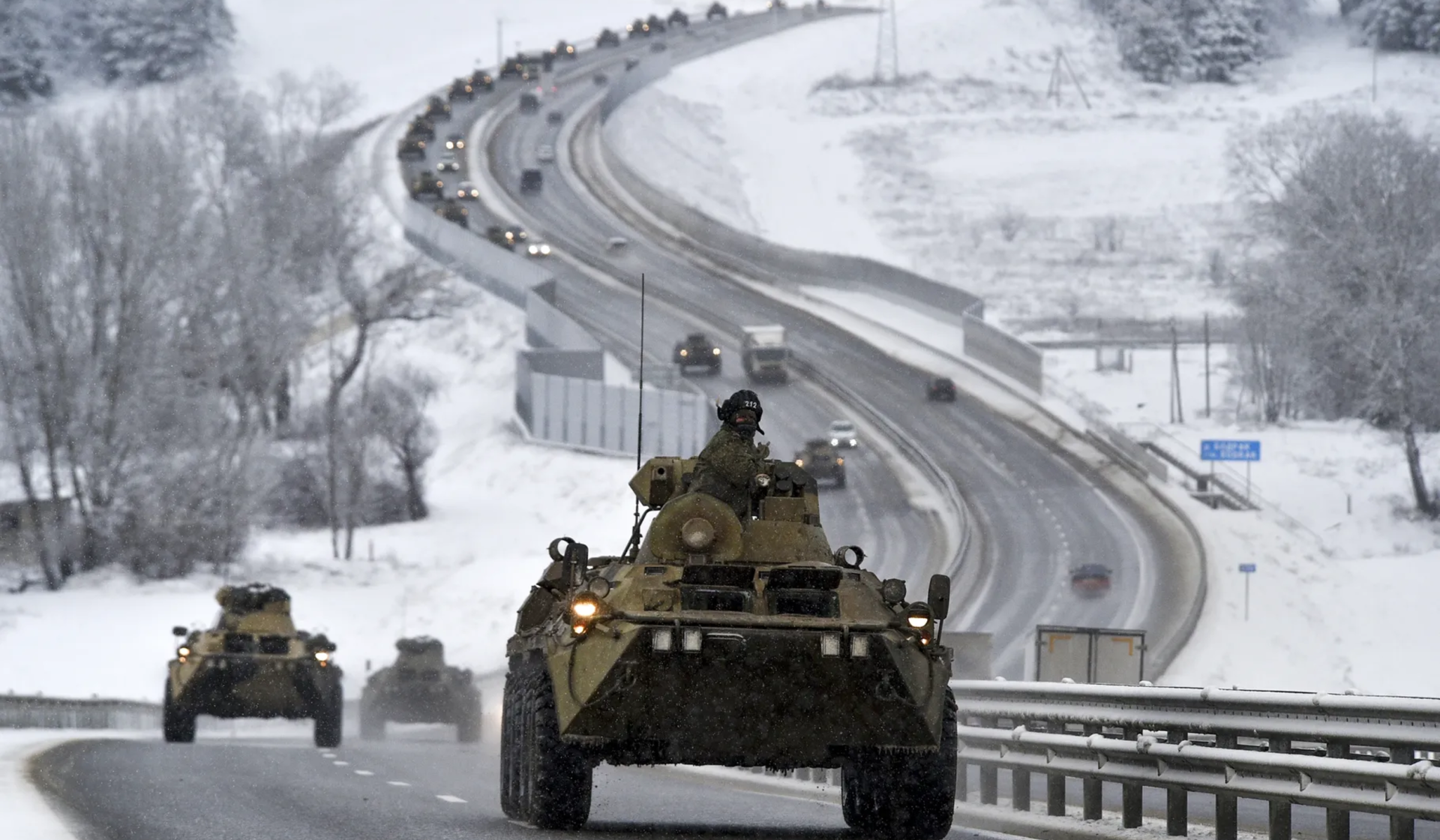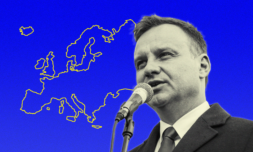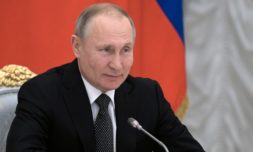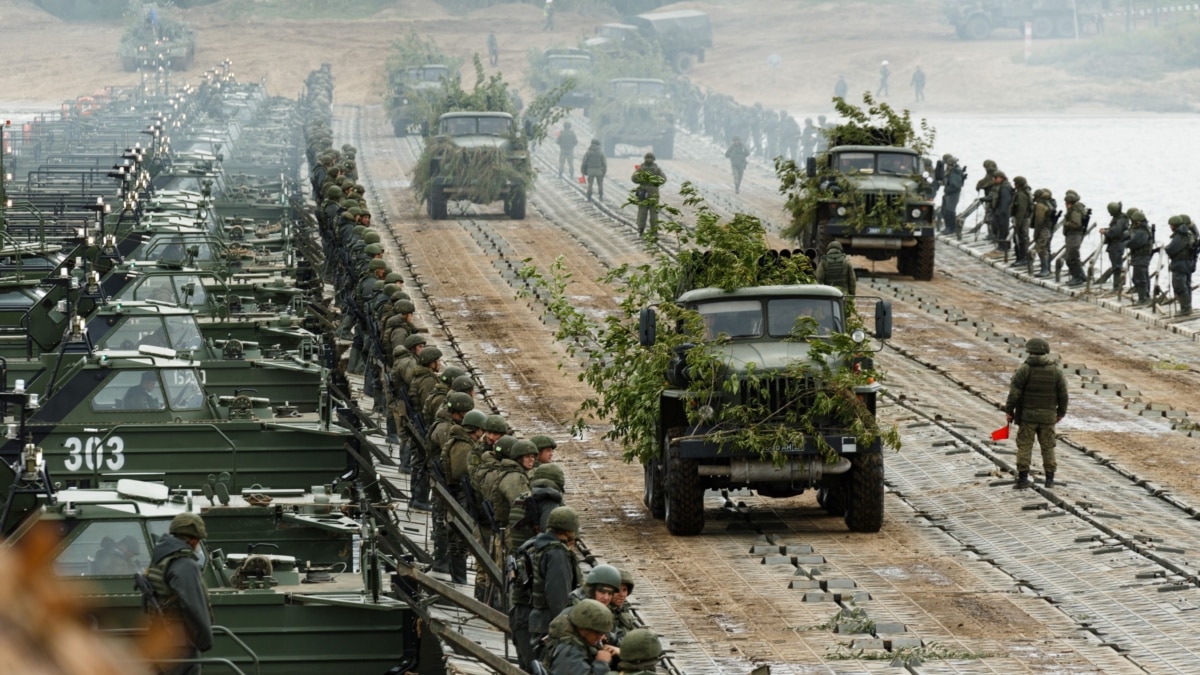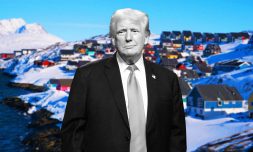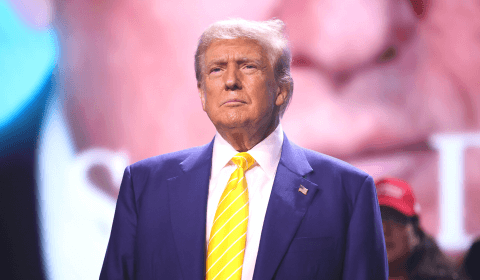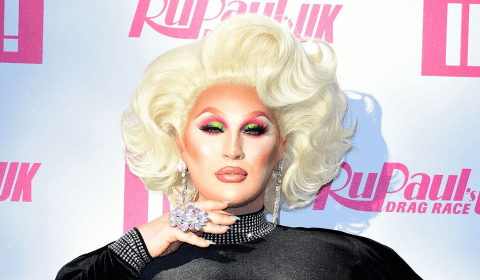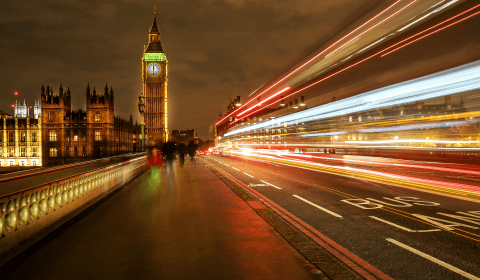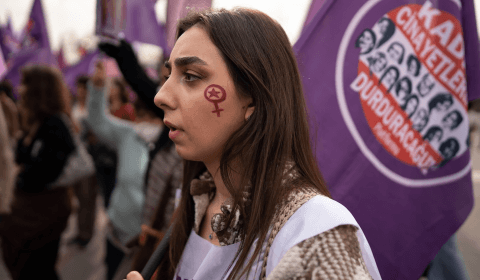Tensions between Ukraine and Russia were at their highest in years. A Russian troop build-up near the two nations’ borders eventually lead to a full scale invasion, prompting universal condemnation from the West.
Update 28/02/22: Months into Russia’s slow-moving buildup along the Ukrainian border, Putin announced that he was launching a ‘special military operation’ in Ukraine. This was followed up by reports of explosions around cities, including the capital of Kyiv, a dramatic escalation that’s now seeing Europe witness its first major war in decades. The attack comes after repeated warnings that a larger invasion was imminent, and after the US and its European allies imposed significant sanctions on Moscow. Putin has both denied Ukraine’s right to exist independently by rallying against the West and has demanded a rollback of troop deployment to some former Soviet states, which would turn back the clock decades on Europe’s security and geopolitical alignment. Now, Putin’s aggression could lead to the most devastating conflict on the continent since World War II, costing thousands of civilian lives and creating hundreds of thousands of refugees fleeing the violence in Ukraine. Here’s how you can help:
View this post on Instagram
With tensions between Ukraine and Russia at their highest in years, the eyes of the world are on Ukraine as more than 100,000 Russian troops amass on the border amid warnings of an impending major invasion.
Though the US, NATO, and European Union have warned Russia against any aggression, insisting that there will be retaliation if it attacks Ukraine, fears of all-out conflict continue to escalate, prompting the Pentagon to put some 8,000 troops on high alert for a possible deployment to Europe.
So, what is actually going on, where did it all begin, and how might the crisis unfold? The picture is complicated, but here’s a breakdown of what we know.
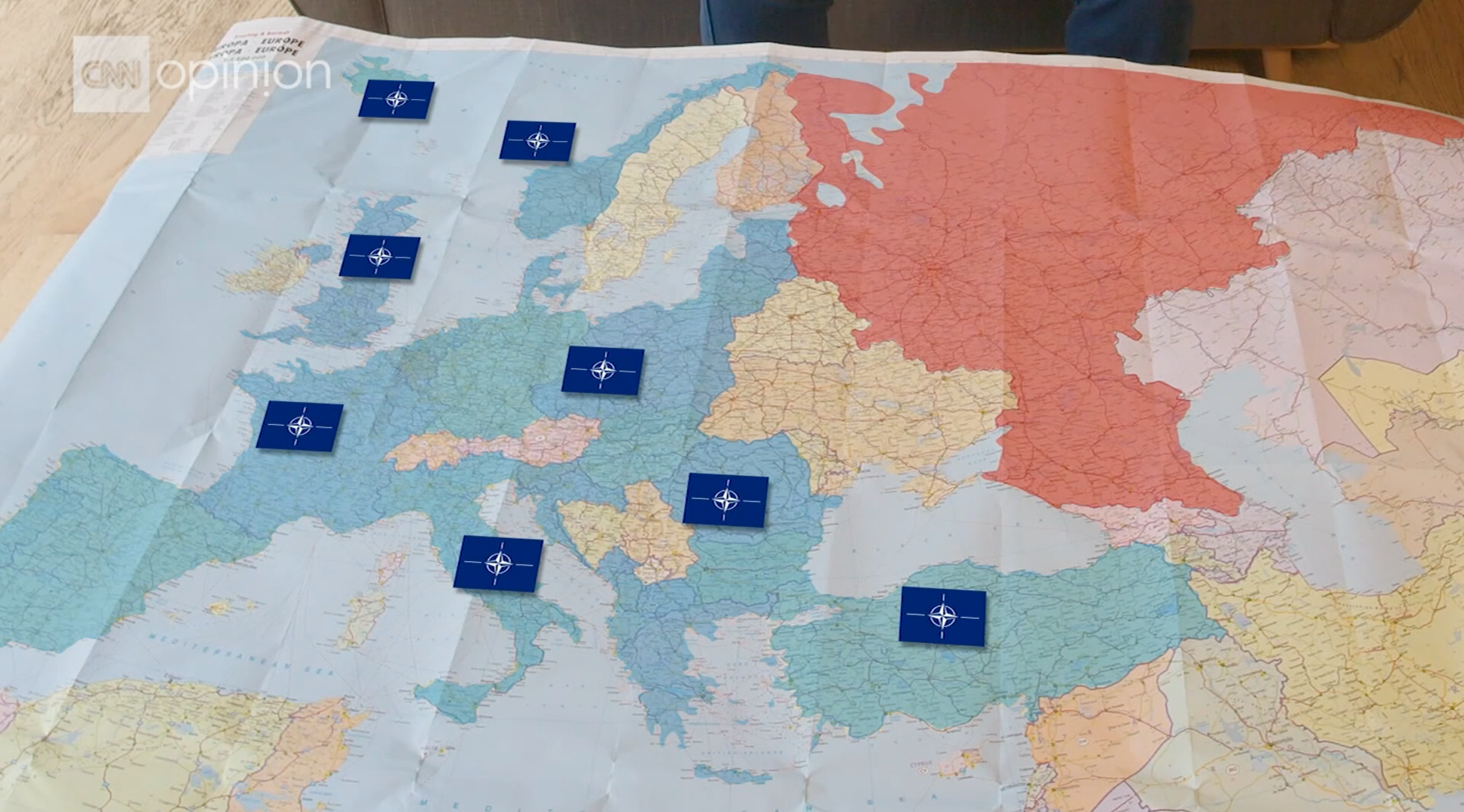
How are Ukraine and Russia linked historically?
To better understand the tensions between Ukraine and Russia, it’s worth a glance at history.
During the Cold War, Europe was split more or less in two: the NATO countries in the West, and the Warsaw Pact under Moscow’s dominance in the East. Post-Cold War, however, country after country sought to join NATO, and in the decades since, it has moved up to Russia’s borders.
Now, while a significant portion of Central and Eastern Europe is divided by the Carpathian mountain range, a vast expanse of flat land lies North, through which many have successfully invaded Russia, making its leaders extremely nervous.

Eager to plug the gap and prevent access from this direction, Russia is therefore seeking to occupy it or, at the very least, dominate it.
In 2014, it attempted to do so by annexing the Crimean Peninsula (after the country’s Moscow-friendly president was driven from power by mass protests) and its warm water port of Sebastopol, which gave the Russian fleet access out of the Black Sea, into the Mediterranean and from there, onto the great ocean lanes of the world.
It also fomented Civil War in the Donbass region to create a small ‘buffer zone,’ an insurgency that amounted in over 14,000 deaths.
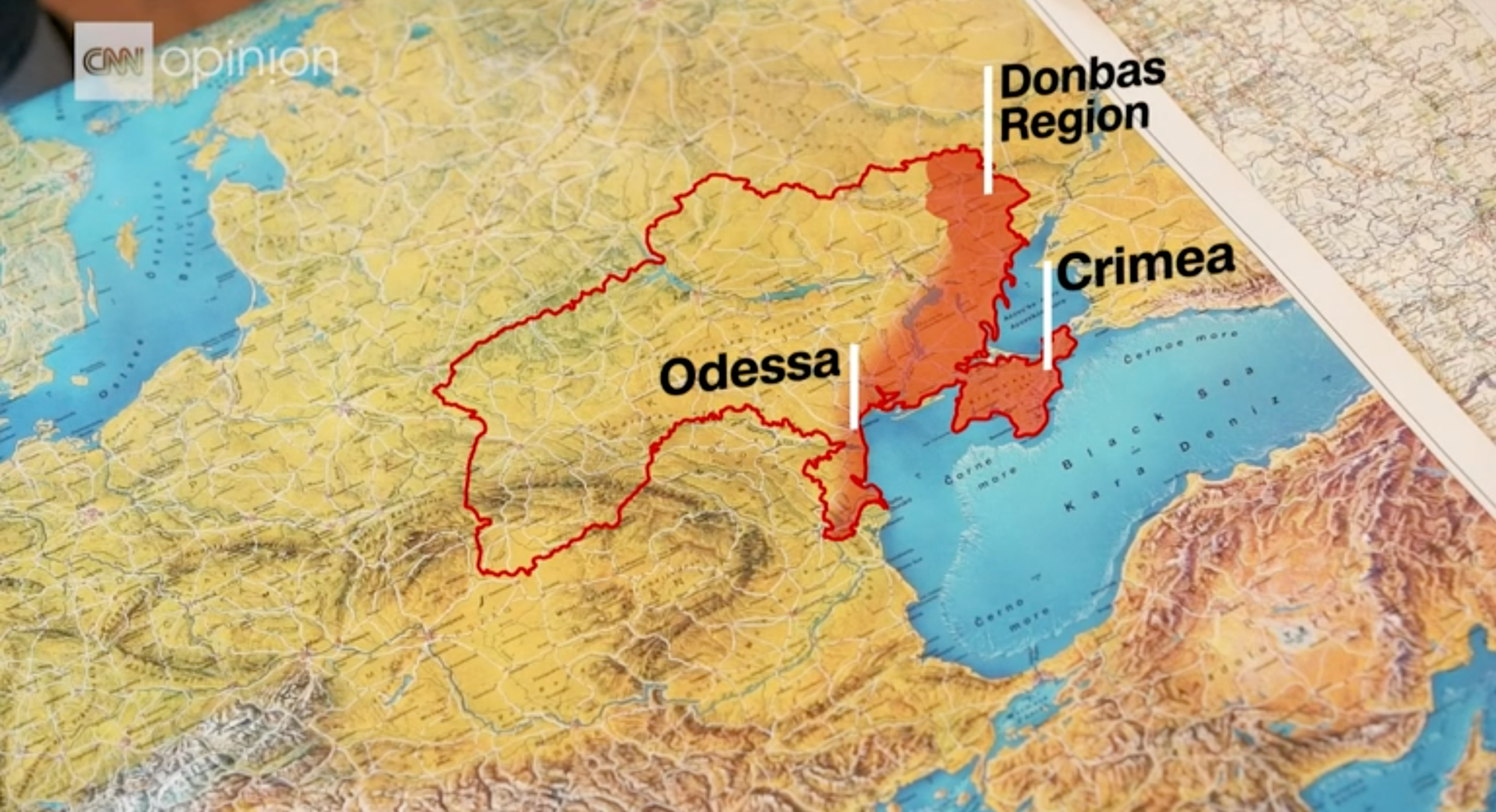
Following this, a 13-point agreement was brokered by France and Germany to help end large-scale battles, obliging Ukraine to offer autonomy to separatist regions and amnesty for rebels.
As a result, Ukraine regained full control of its border with Russia in the rebel-held territories.
Yet Russia remains insistent it was not a party in the conflict nor – for this reason – that it’s bound to the agreement’s rules. This is why a spike in ceasefire violations and a Russian concentration near Ukraine fuelled war concerns early last year, but they abated when Moscow pulled back the bulk of its forces after manoeuvres in April.
:format(webp):no_upscale()/cdn.vox-cdn.com/uploads/chorus_asset/file/23183594/russia_ukraine_map_1.jpg)
But what are the motives behind such incidents?
Essentially, Putin believes that Ukraine (a country of 44 million people that was previously part of the Soviet Union as well as the foundation of Russian culture and language) should be subservient to Russia given they share a 1,200-mile border. Instead of aligning itself with Russia, however, Ukraine has slowly shifted towards the West, pushing back against the former’s attempts to expand its influence.
Russia’s amassing of troops along Ukraine’s border is a signal that this may all be about to change.
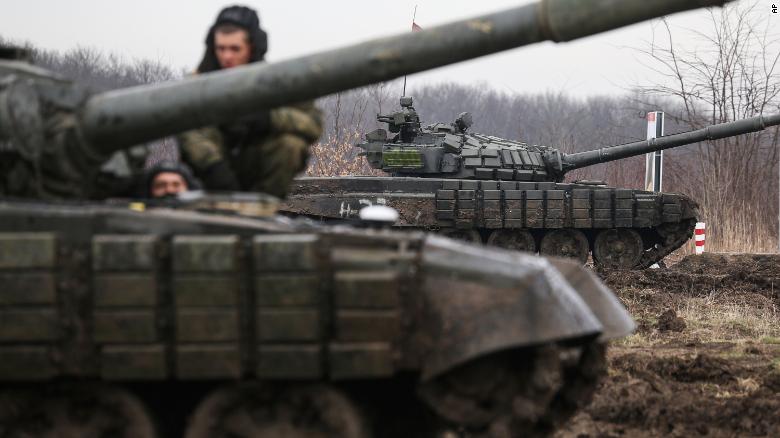
How is the situation at present?
Today, Putin’s ambitions stretch much further.
In December 2021, US intelligence officials determined that Russia was planning to deploy 175,000 troops near Ukraine’s border in preparation for a possible invasion that they believed could begin in early 2022.
They knew this because Ukraine had complained of a threat of confrontation growing in a stretch of Europe from the Baltic Sea to the Black Sea, warning that a ‘large scale escalation’ could happen in January.
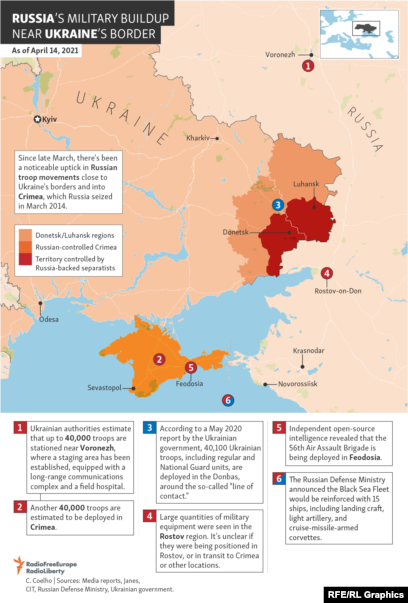
Russia’s tactics are not limited to force either, recently accusing Ukraine of breaching the 2015 Minsk-2 Agreement and criticising the West for both failing to encourage Ukrainian compliance and for providing Ukraine with weapons that ‘encourage Ukrainian hawks to try regaining the rebel-held areas by force.’
Amid the recriminations, Russia has rejected a four-way meeting with Ukraine, France, and Germany, saying it is useless in view of Ukraine’s refusal to abide by Minsk-2.
This, it seems, is an attempt to intimidate the US and Western Europe into backing away from Ukraine.









